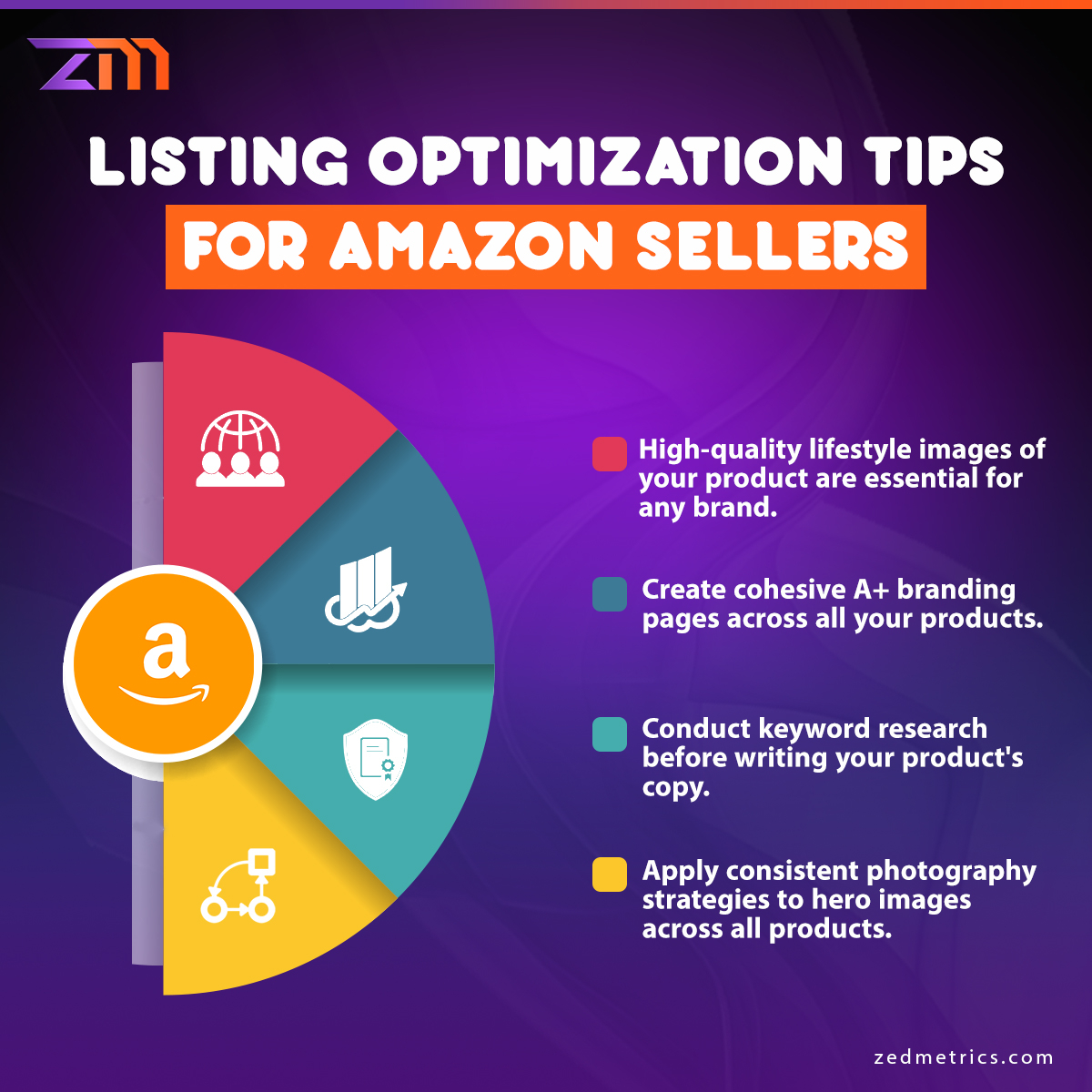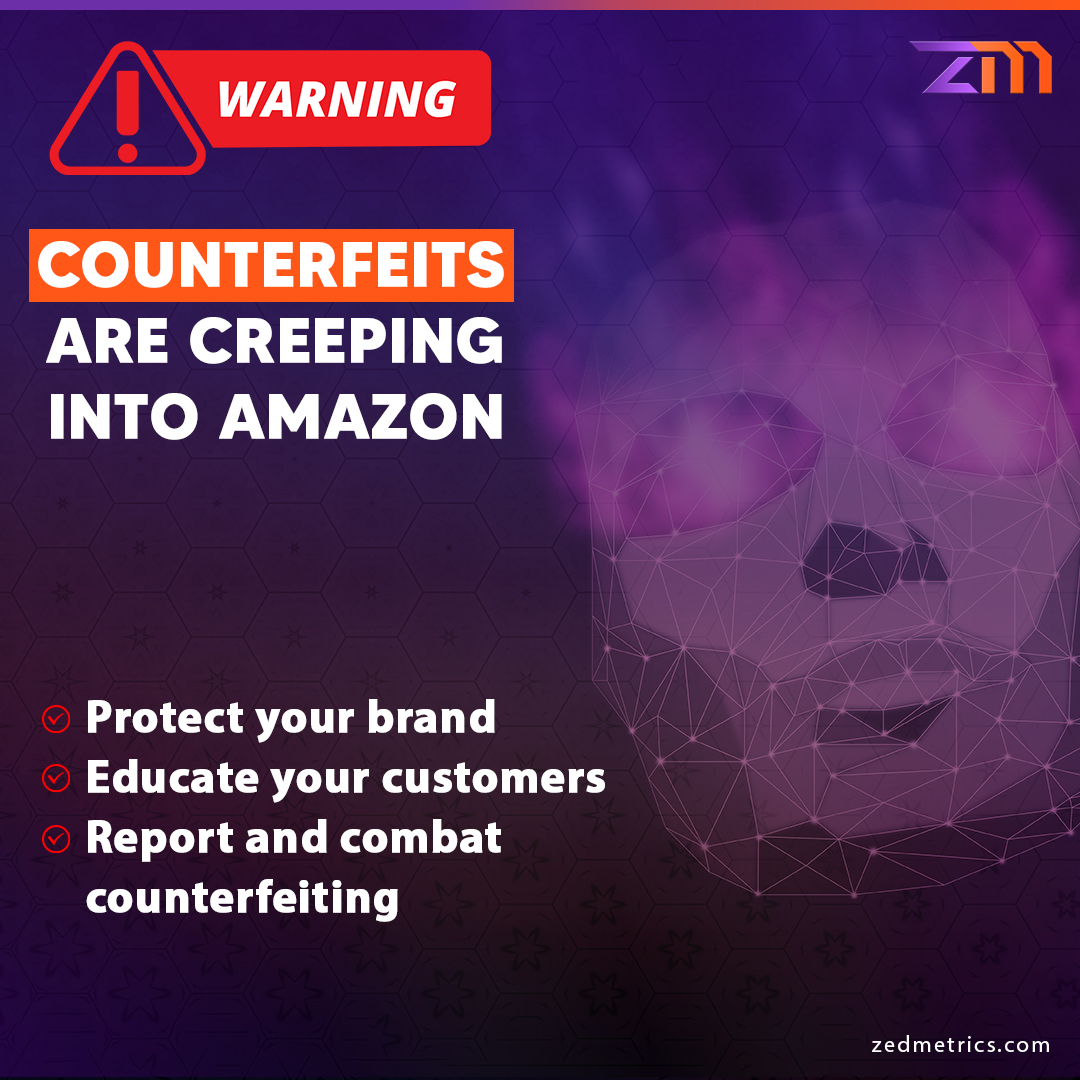Introduction
The Amazon private label business model remains one of the most lucrative opportunities for e-commerce entrepreneurs. With 2025 bringing new trends and challenges, sellers must adapt to stay ahead. In this guide, we’ll walk you through the essential steps to launching a profitable private-label brand on Amazon.
Step 1: Find a Winning Product
Choosing the right product is the foundation of your private label success. Here’s how to conduct effective product research:
- Use Amazon’s Best Seller Rank (BSR) – Identify trending products with consistent demand.
- Analyze customer pain points – Read product reviews to find what’s missing in the market.
- Leverage AI tools – Use software like Helium 10, Jungle Scout, or ZonGuru for deep data analysis.
- Check competition levels – Avoid overly saturated markets but ensure there’s enough demand.
Step 2: Source Your Product
Once you find a winning product, it’s time to source it. Follow these steps:
- Find reliable suppliers – Use Alibaba, Global Sources, or ThomasNet to connect with manufacturers.
- Request samples – Compare quality and negotiate pricing before committing.
- Ensure compliance – Check Amazon’s restricted products list and meet quality standards.
Step 3: Build a Strong Brand
Branding differentiates your private label product from competitors. Key branding elements include:
- Unique brand name and logo – Stand out with a professional identity.
- Custom packaging – Enhance the unboxing experience for customers.
- High-quality product images and videos – Use lifestyle images and infographics to showcase value.
- Persuasive listing copy – Optimize product titles, bullet points, and descriptions for conversions.
Step 4: Optimize Your Amazon Listing for SEO
To drive organic traffic, optimize your product listing using Amazon SEO techniques:
- Use high-ranking keywords – Include primary keywords in the title, bullet points, and backend search terms.
- A+ Content (EBC) – Enhance your listing with rich media and storytelling.
- Leverage AI-powered SEO tools – Utilize tools like ChatGPT or Perplexity AI for keyword-rich descriptions.
Step 5: Launch & Market Your Product
A successful launch strategy is critical for gaining traction. Consider these marketing tactics:
- Amazon PPC Advertising – Run sponsored product ads to appear on the first page.
- External Traffic – Drive sales through Google Ads, Facebook Ads, and influencers.
- Giveaways & Discounts – Offer limited-time deals to boost rankings.
- Email Marketing & Retargeting – Capture leads and build customer relationships.
Step 6: Scale Your Business
Once your product gains traction, scale your private label business by:
- Expanding your product line – Introduce complementary products to increase revenue.
- Entering international markets – Sell on Amazon UK, Canada, and Australia.
- Building a Shopify store – Diversify your sales channels beyond Amazon.
Free Amazon Private Label Checklist
To help you succeed, here’s a FREE checklist with all the steps to launching your Amazon private label brand. Download it [here] and start building your business today!










